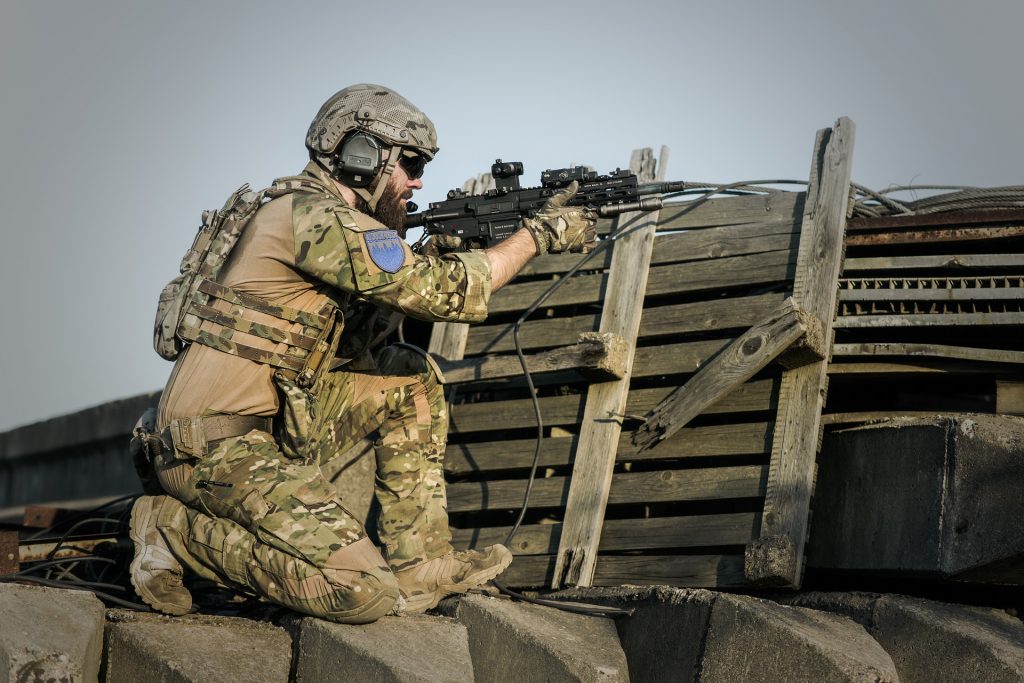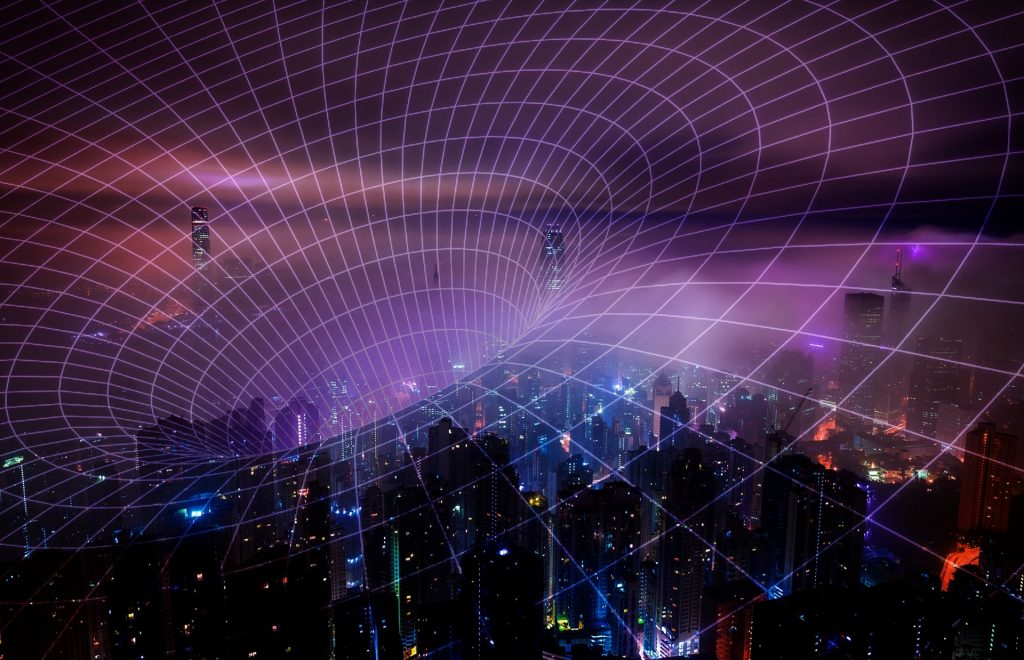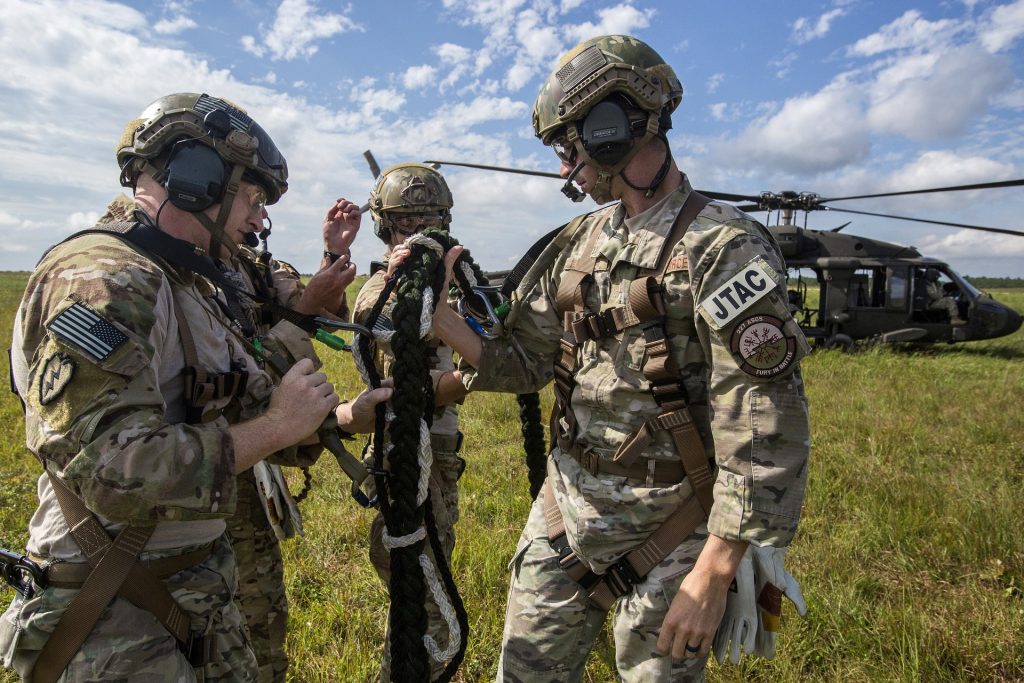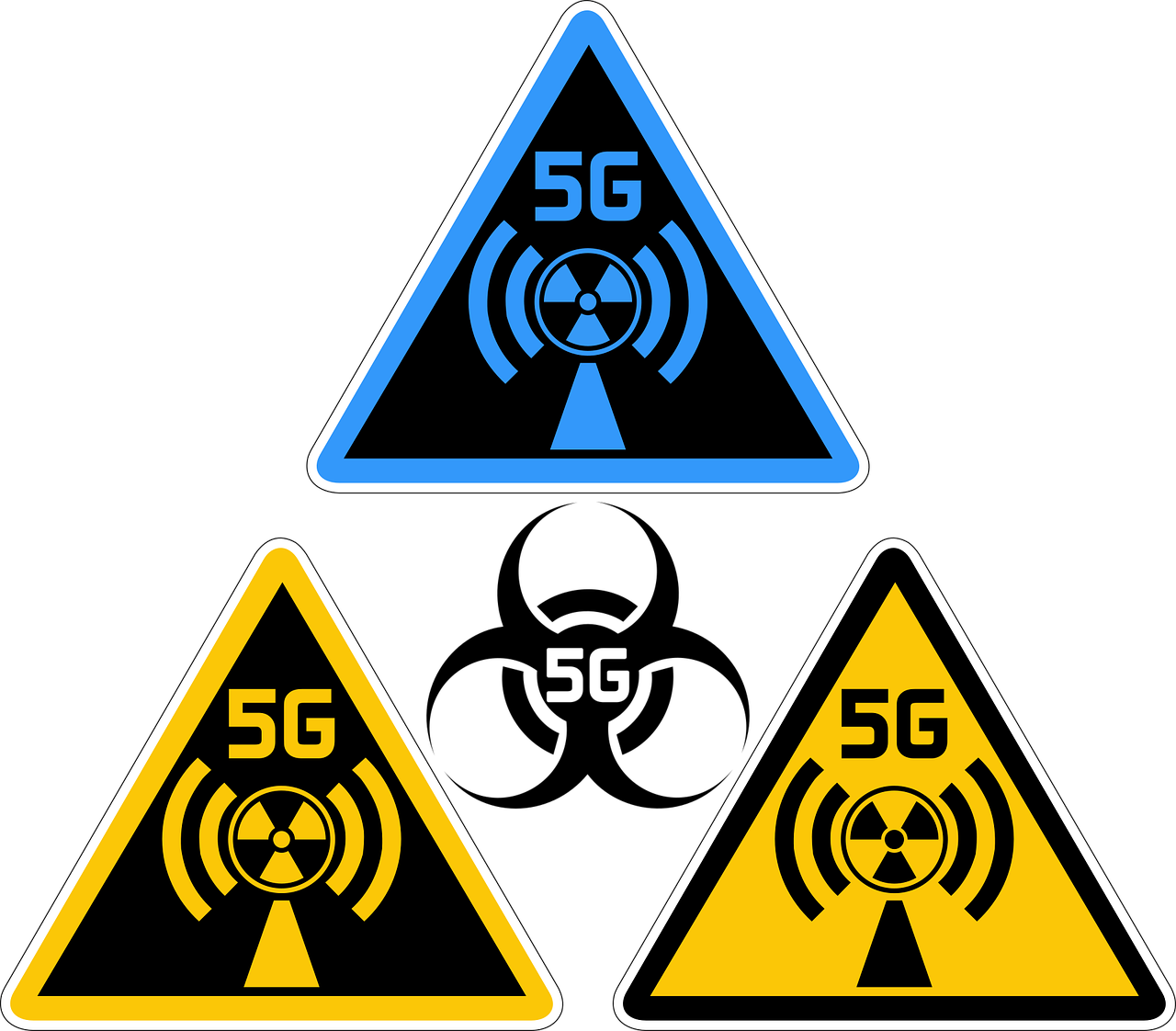There are five official categories concerning the nature of war. As a rule of thumb, the nature of warfare changes with the innovation of technology. With the advent of gunpowder, the machine gun, and the internet, the nature and tactics of war changes with the times. Inventions and geographic details cause long stretches of generational warfare, each developing into and bleeding into the next generation. So what does 5G telecommunications technology mean for the world and competing armed forces? Let’s piece together the different generations of telecommunications technology and wrap it up with the generations of warfare.

5G Telecommunications
So what exactly is 5G technology? We may remember in 2019 how the Trump Administration was making a fuss over China’s 5G development. The “G” simply stands for generation. First generation–or 1G–refers to the first mobile phones. You know, the small brick you carried with green screens. 2G technology refers to the generation of cell phones that had an expanded network that could support texting and less dropped calls. 3G technology introduced mobile data and online services.
By the turn of the 2010’s 4G LTE (long-term evolution) brought along increased mobile data speeds and capacities such that high definition movies and games could be accommodated. Then finally there is 5G, which is 100 times faster than 4G devices. Data response times are measured in milliseconds and a multiple gigabyte movie that used to take 45 minutes to load now takes less than a minute!

What is 5th Generation Warfare?
As mentioned earlier in the article, human history has changed its style of waging war through the ages. Let’s go over a list of the current 5 generations. Note that generations evolve into each other and will often contain characteristics of previous generations. Each succeeding generation cancels out the previous generation by disabling its key component or tactic.

- 1st Generation Warfare: It’s simple. Two armies meet on an open field and duke it out to see who’s the winner. Cavalry and archery are used as infantry support. It’s basically how it’s been until the advent of advanced (artillery) fire support and trench warfare.
- 2nd Generation Warfare: Heavy use of artillery pieces and trench warfare. Think of the Napoleonic Wars and World War I. 2nd GW wins over 1st GW because it’s hard to charge down a field when you’re being blown to bits by artillery, or the enemy is hiding in a trench.
- 3rd Generation Warfare: This is the conventional warfare doctrine that we currently have, and is notorious for starting during the German Blitzkrieg. This generation emphasizes aerial and armor units in support of infantry tactics. 3rd GW wins out since your artillery batteries and trenches can be obliterated by bombers. They are also ineffective, or at least challenged by main battle tanks.
- 4th Generation Warfare: This is what we know as unconventional warfare, and what the US and its NATO allies have been fighting since the Cold War and the current Global War on “Terror”. Of course, any military is capable of 4GW and is not limited to western powers. 4GW consists of proxy wars, warm wars, combatants without uniform or identity, sabotage, and psychological operations. Think of the Taliban, Viet Cong, or any number of resistance movements throughout history. 4GW wins over 3GW since it’s hard to fight an enemy that has no uniform and won’t play by the rules. Intervention is often denied.
- 5th Generation Warfare: This is where 5G will play a role. 5GW emphasizes cyber attacks, psychological operations via media, legal disputes, and more. Legal disputes are important because often times militant groups communicate over social media platforms. If they are denied access and “cancelled” by certain sites, it can affect their operations. 5GW cancels out 4GW because it’s difficult to organize coups and conduct subversive operations if your network is being hacked. This generation has started in the 2000’s.

So How Does 5G Change The Game?
5G is crucial to the development of smart cities and innovations such as remote surgery and automated driving–think Tesla. As mobile data evolves, so does the ability to infiltrate databases and compromise an opponent’s data. One example would be the concern that the Chinese Telecommunications company Huawei has with competing multinational corporations. The security services of China must be in full cooperation with individuals and corporate entities that engage in telecommunications. As a result, several governments (US and UK) have banned Huawei from their networks.

As mentioned earlier, the 4th and 5th Generations of warfare emphasize unconventional tactics used in special operations warfare. With the mind-game strategies of 5GW, 5G infrastructure technology could be used to locate and track the electronic signature of commandos working at foreign posts. This could expose the team members’ classified information such as their indentities, mission, and operations procedures. Clandestine operations such as special reconnaissance, won’t be so clandestine anymore as 5G networks must force special operators to assume they are always under surveillance–even in a friendly nation’s territory. Many poorer countries have been purchasing low-cost Huawei 5G network technology which raises concerns for international joint-warfare exercises. Think of it, you’re playing army with your friends, but their phones–which are sold from a rival–are recording everything you do.
As a consequence, 5G technology can be used against surveillance as a tool to detect and deny network infrastructure from attacking or infiltrating systems. In the end, it’s still the beginning of this generation of warfare, and we won’t know how it’ll play out until a hot war breaks out. Until then, everything is a hidden chess match .

Want to know more about how ideologies change the nature of thought and geopolitics? Check out how the North Koreans made movies you must see! Only on ypt.life.



